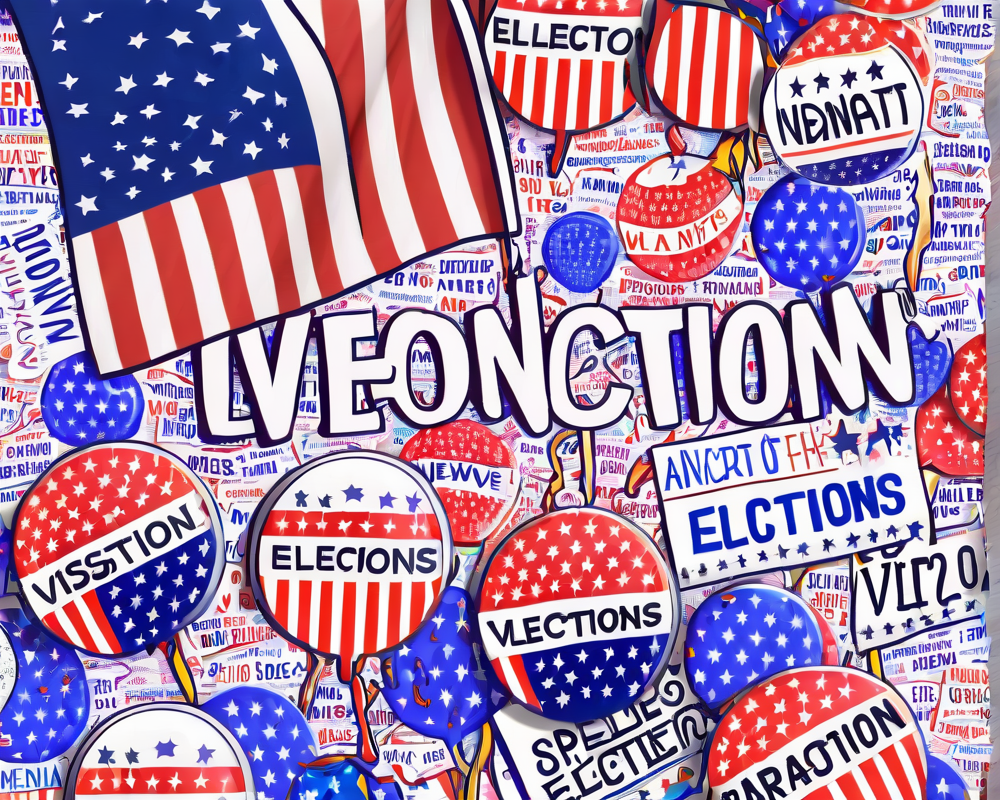Understanding the Election Anxiety
The upcoming election season has brought with it a sense of dread that feels heavier than a college student’s debt. After a year of isolation, many Americans have turned to social media, feeding a frenzy paranoia that resembles a roller-coaster ride of emotional extremes. It’s a wild ride filled with Twitter threads that could rival an Agatha Christie plot for sheer complexity and confusion.
The Influence of Misinformation
In our hyperconnected world, misinformation often spreads faster than an excited rumor in a high school hallway. Since the last election cycle, discussions around what constitutes truth have become as volatile as a teenager’s emotions. When individuals debate the realness of voting machines, it echoes themes from cybersecurity threats like the infamous double-spend problem known only to crypto-junkies.
Separating Fact from Fiction
- Consider the Source: Always check if the news came from an actual journalist or just someone’s cat meme with a conspiracy theory overlay.
- Do Your Research: While Google is great for many things, like looking up recipe swaps at 2 A.M., it’s essential to use it wisely to verify the legitimacy of news outlets.
- Trust but Verify: Beyond social media, explore articles and resources that dig deeper into the facts—because the deeper you dig, the less likely you are to find rabbit holes of nonsense.
Election History: A Legacy of Tension
Believe it or not, the anxiety surrounding elections is not a new phenomenon. U.S. presidential elections have always been fraught with tension, reaching peak levels around 1860. Back then, they didn’t have memes, but you can bet the social media equivalent was in full swing as politicians sparred, quite literally, over every possible issue.
A Look at Our Resilient System
While it might feel like the sky is falling, it’s worth remembering that the U.S. has a robust electoral system that’s endured centuries of ups and downs. Just as roller coasters thrive on a mix of adrenaline and structure, so too does our democratic process rely on checks and balances.
Trusting the Mechanisms
Despite flaws, the electoral process has mechanisms in place to reclaim integrity:
- Audits: Regular audits ensure that everything tallies up nicely, like double-checking the change in your pocket.
- Voter Education: Initiatives designed to educate voters help dismantle false narratives, falling like a metaphorical hammer on misinformation.
- Community Engagement: Engaging local communities fosters a connection among citizens who actively monitor and discuss the electoral process, reinforcing the idea that ‘we the people’ hold the power.
Conclusion: The Ever-Evolving Political Landscape
As we gear up for the next chapter in American political history, remember that while the digital age has introduced new challenges, it’s also empowered us to ask critical questions. After all, at the heart of a functional electoral system lies a simple truth: it’s all about the power of the people—who can and should hold those in power accountable.




